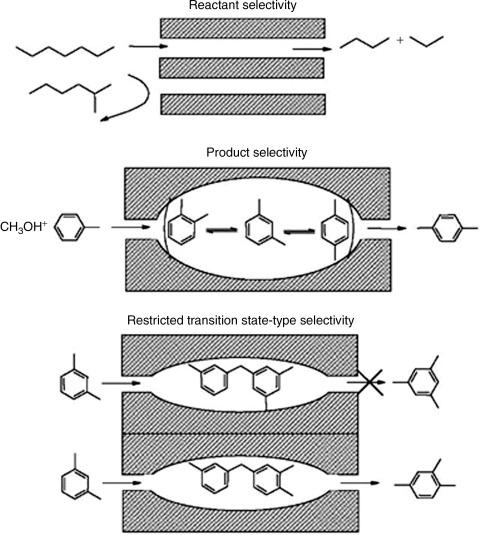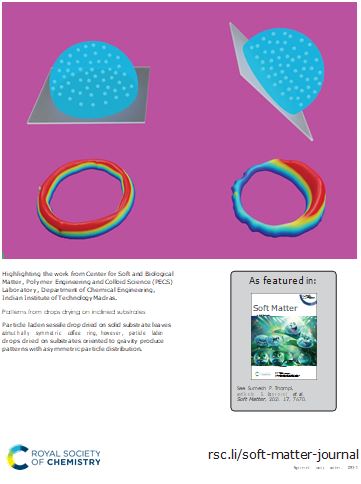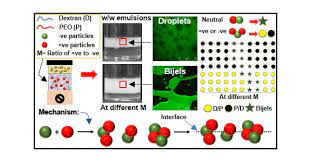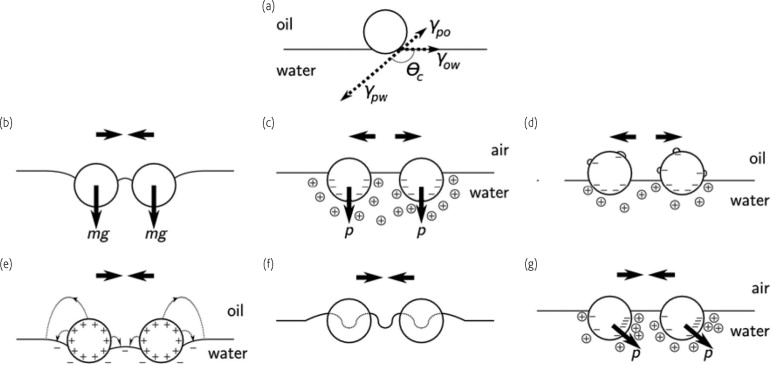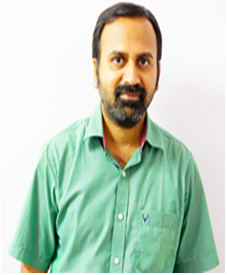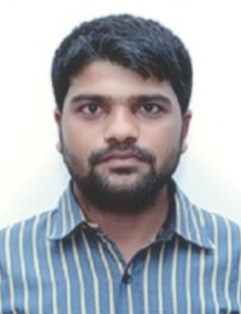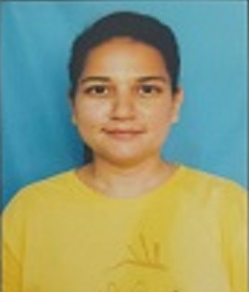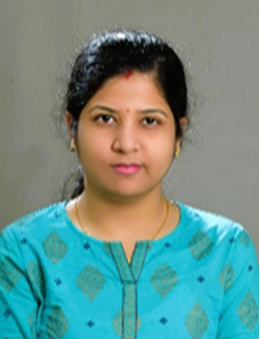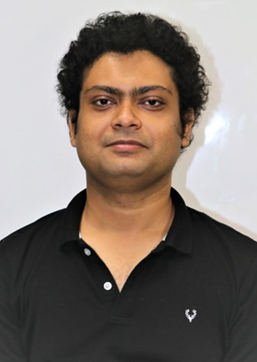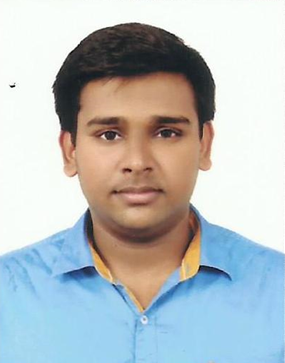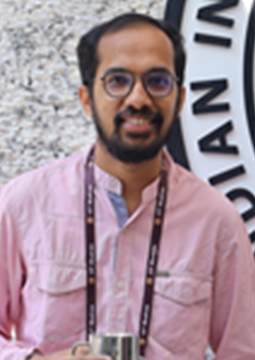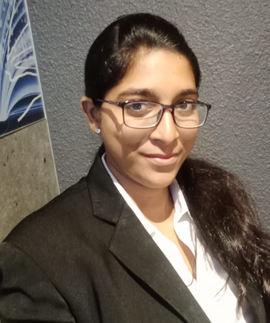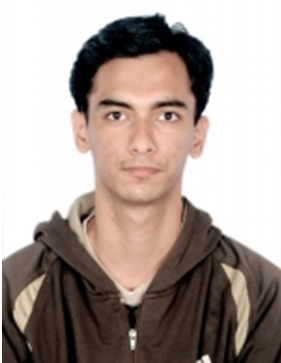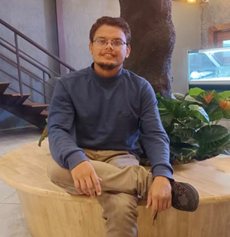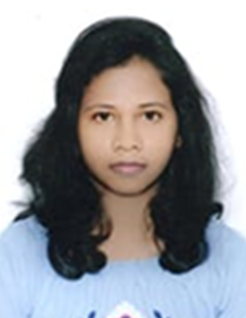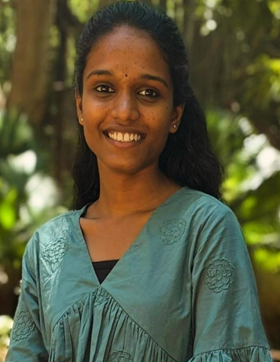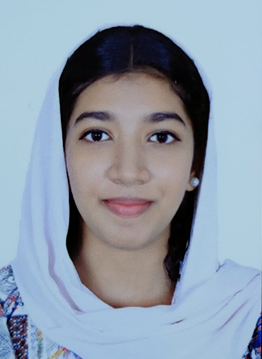
Dr. Basavaraj M. Gurappa
Department of Chemical Engineering
Prof. Madivala G. Basavaraj
Research Areas
Directed assembly of colloids, microstructure and rheology of colloids, surfactants, polymer and their mixtures, interfacial rheology, ionic liquids, particulate gels.
People
Post Doc
Phd Scholars
MS Scholars
Project Associate
Research
- Investigation of particle shape effects in colloidal systems: Evaporation driven self-assembly, Colloids at interfaces, Pickering emulsions
- Structure and rheology colloids, wax-oil mixtures and polymer-ionic liquid solutions
- Dessication cracks – effect of particle shape and external fields.
- Hetero-aggregation in colloidal systems: applications in interfacial science
- New materials and particles: functional materials using interfacial templates, synthesis and self-assembly of patchy colloids
- Interfacial spreading – statics and kinetics
- Emulsion fuels – formulation and engine studies
- Image processing and analysis – Applications in particle science and medicine.
Projects
- Directed self-assembly of anisotropic colloids at fluid interfaces: This project was successfully executed to further the understanding of directed self-assembly of anisotropic particles. We established that a control of self-assembly of anisotropic particles could be achieved by tuning various types of interactions.
- Fabrication of macroporous ceramic materials using bijel templates: Use of non-spherical particles to arrest phase separation of binary liquid mixtures and the fabrication of macroporous meterials from ceramic particles of various size and surface chemistry was demonstrated.
- Nanoparticle films for water evaporation retardation-film elasticity, rupture and re-formation: The research work carried out through this project is expected to of great value for water conservation. The water evaporation retardation studies due to different type of monolayer films deposited on water surface is being carried out. The particle monolayers formed by the bare silica particles that are hydrophilic were found to be less evaporation retardants. Since the equilibrium position of the particles is expected to play a crucial role on the evaporation retardation, the particle wettability is systematically modified. The rate of evaporation of water covered with monolayer of particles was found to decrease with grafting. We are currently investigating the behavior of particle monolayer under compression and on the mechanism of evaporation retardation in mixed monolayers.
- Rheology & Microstructure of Cellulose-Ionic Liquid mixtures: This proposal was formulated to investigate the phase diagram, rheology and flow induced microstructural changes in cellulose-ionic liquid (IL) mixtures using combined shear rheology and small angle light scattering.
- Design of self-foaming liquid hand-wash (SFLHW): Through this project (funded by Hindustan Unilever Limited) we developed methodologies for the characterization of foam obtained from a self-foaming liquid hand wash and also studied foam stability. We investigated the impact of different surfactants and additives on the bubble size and stability of the foam obtained from a self-foaming liquid hand wash.
- Microstructure characterization of emulsions using interfacial rheology: Through this industry-funded project (funded by Hindustan Unilever Limited), the effect of oil-phase and water-phase thickeners on the microstructure and rheology of emulsions is investigated.
- Center for soft matter research: This project was put together with help of several colleagues at IIT Madras for which an initial budget of 200 lakhs was awarded from IIT Madras (one of the two team project proposals funded in 2015) to establish a center for soft matter research to focus on the study of complex fluid interfaces, structured colloids, structured macromolecular aggregates and biological materials. The centre aims to have all the equipments and expertise to study soft materials through experiments, simulations and theory. The goal of the center will be to gain an understanding of structure and properties of soft materials for the development of novel materials through bottom-up self-assembly. We are currently working towards reaching out to industries and external funding agencies to formulate and work on challenging problems that require interdisciplinary effort.
- Size and shape selective transport of molecules across particle stabilized emulsions: In this successfully implemented project, proof of concept for the synthesis of emulsions and colloidosomes with spherical and non-spherical cavities was demonstrated.
- Improving Targeting Community Health through a Women’s Cancer Screening Programme: This project fund under socially relevant project scheme was aimed at providing necessary computational infrastructure for the success of screening camps and for the analysis of Pap smear test samples collected for cervical cancer screening.
- Oppositely charged particles at interface – microstructure, mechanical properties and their application in emulsion and foam stabilization: Through this project, it was proposed to investigate the effect of mixing ratio, total particle concentration, charge density of particles and size ratio on the self-assembly and microstructure of OCPs at fluid interfaces. We plan to measure the microstructure of the particle monolayers via optical microscopy, mechanical properties via interfacial rheology and compression isotherms (equation of state) through Langmuir trough experiments. We will also propose to carryout Monte Carlo simulations to understand the role of these parameters on their organization at planar and curved fluid-fluid interfaces. We have proposed to map a general phase diagram of OCPs encompassing experimentally realizable variables/parameters using experiments and simulations.
Facilities
- Viscometer: viscometer is an instrument used to measure fluid viscosity and the flow properties of liquids. Let’s discuss the various styles of viscometers, their internal characteristics and factors that go into performing a precise and repeatable viscosity measurement.
- Goniometer: A goniometer is a device that measures an angle or permits the rotation of an object to a definite position. In orthopedics, the former description applies more. The art and science of measuring the joint ranges in each plane of the joint are called goniometry
- DSC: DSC is commonly used for the study of biochemical reactions, which is named as a single molecular transition of a molecule from one conformation to another. Thermal transition temperatures (Tt; melting points) of the samples are also determined in solution, solid, or mixed phases such as suspensions.
- Langamuir trough: A Langmuir–Blodgett trough (LB trough) is a laboratory apparatus that is used to compress monolayers of molecules on the surface of a given subphase (usually water) and measures surface phenomena due to this compression. It can also be used to deposit single or multiple monolayers on a solid substrate.
- UV Spectrophotometer: UV-Vis spectrophotometers provide fast and efficient analysis, allowing researchers to obtain results within a few seconds. It is used to quantify nucleic acid and protein content in biological samples and for quality control in drugs and food industries
- Inverted microscopeInverted : microscopes are useful for observing living cells or organisms at the bottom of a large container (e.g., a tissue culture flask) under more natural conditions than on a glass slide, as is the case with a conventional microscope.
- Humidity chamber:A humidity chamber is used for product testing at different setpoints, including maintaining controlled humidity and temperature conditions for drug storage in the pharmaceutical industry, circuit board testing in the electronics industry, and paper testing in the Paper industry
- Nikon Microscope: An upright microscope is used to observe samples such as slides placed on a stage through an objective located above the stage. Nikon provides two types of focusing mechanisms, a focusing stage and a focusing nosepiece, which can mount various intermediate tubes and accessories in a stable manner.
- Rheometer twin drive: The torque range and angle of deflection are ideal for structured materials (pastes, crèmes, lotions, suspensions, emulsions). Physica MCR 301 > Air bearing rheometer for product development and research. > The torque range and angular resolution are ideal for all samples from low viscous liquids up to solids.
- Rheometer MCR 301: The torque range and angle of deflection are ideal for structured materials (pastes, crèmes, lotions, suspensions, emulsions). Physica MCR 301 > Air bearing rheometer for product development and research. > The torque range and angular resolution are ideal for all samples from low viscous liquids up to solids.
- Plasticorder Brabender: A Brabender Plasticorder is a torque rheometer. Resin is loaded into the mixing bowl attachment on the Brabender where it is tested using counter rotating rotors at a prescribed temperature and RPM to determine how the material performs
- Static light scattering: Static Light Scattering is a technique used primarily for determining the molecular weight and size of molecules in solution.
Instruments
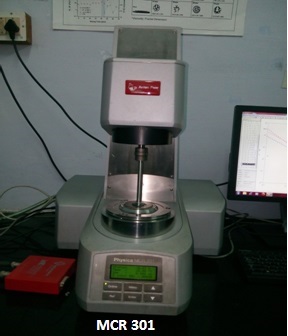
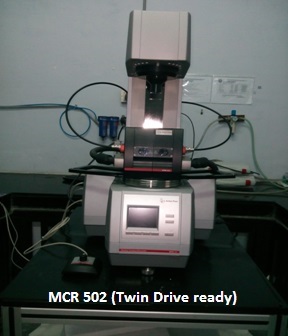
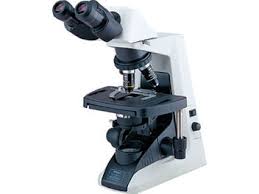
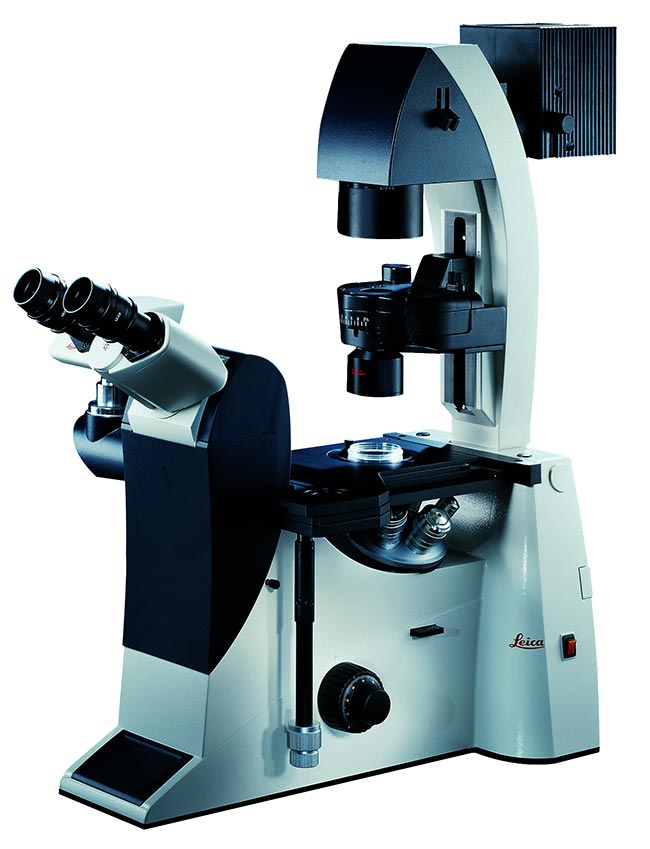
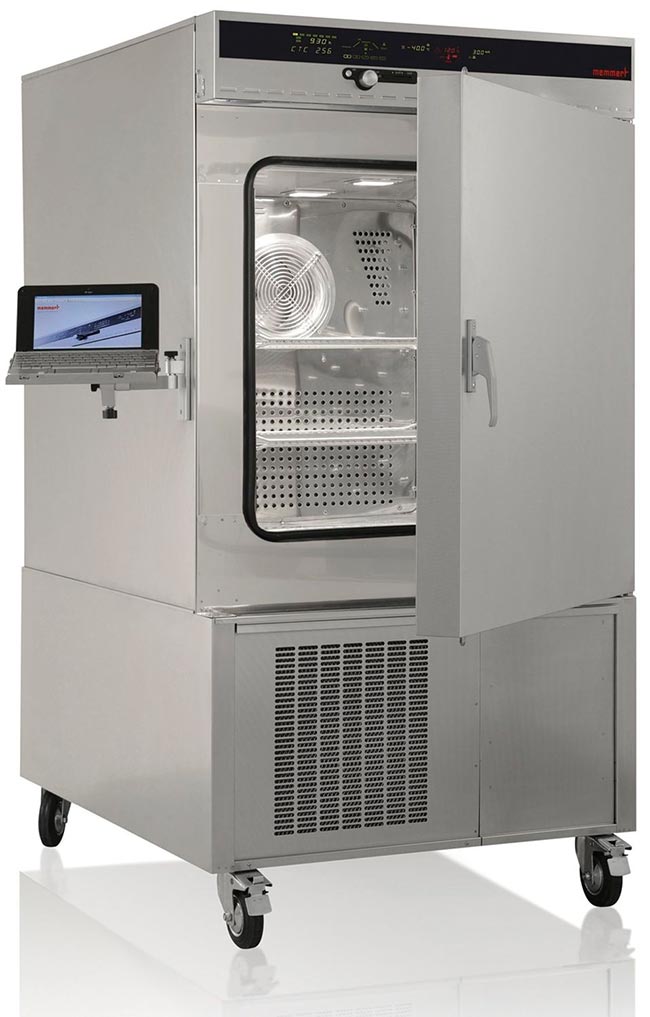
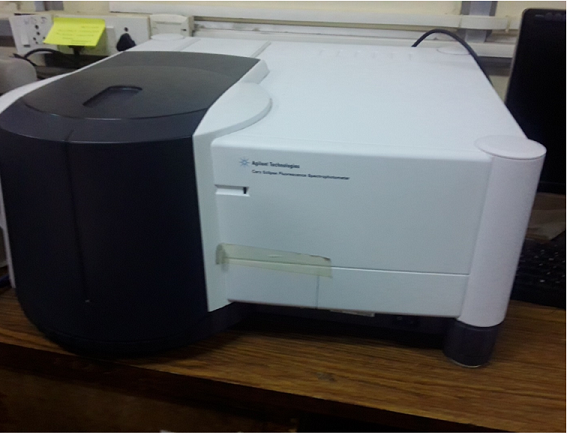
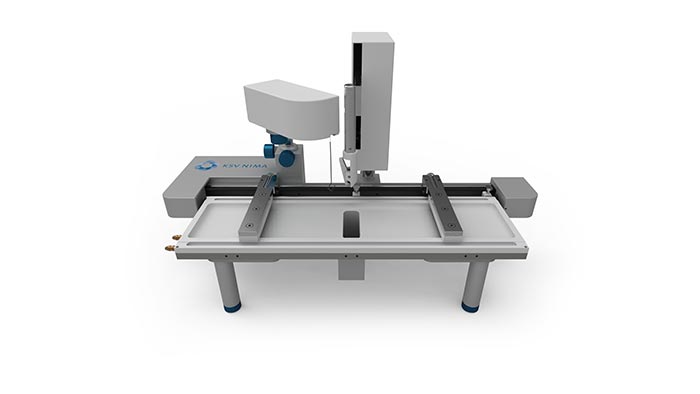
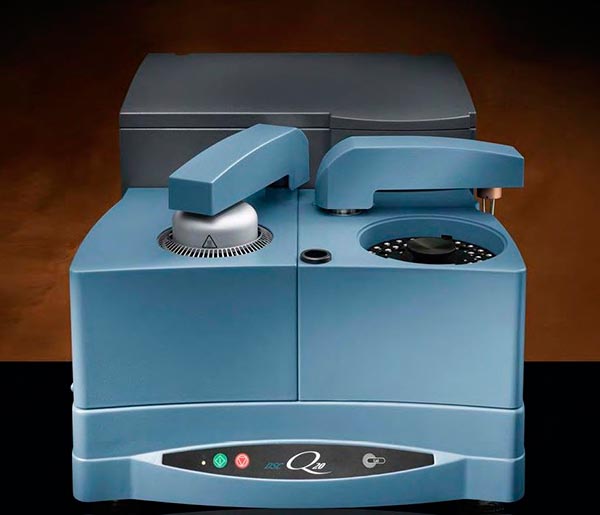
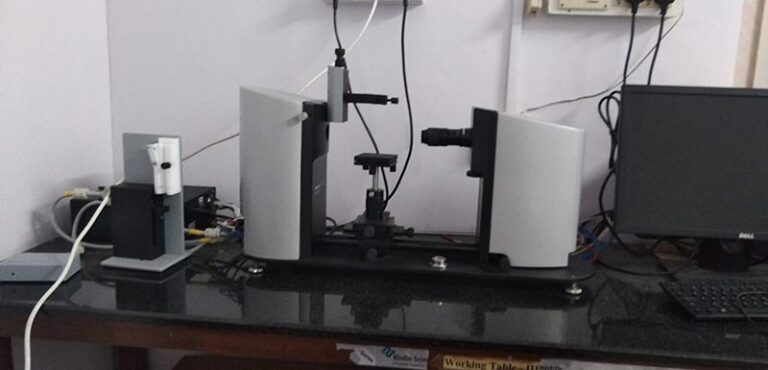
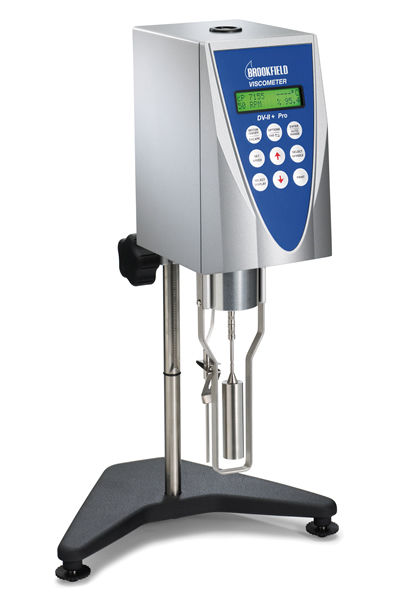
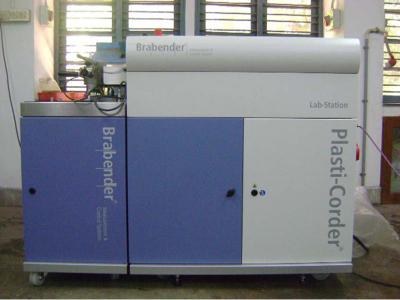
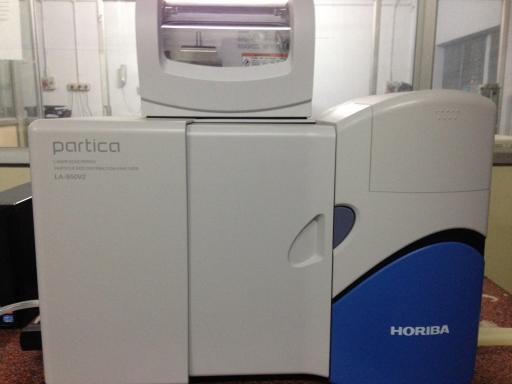
Collaboration
- Prof. Ruth Cardianaels – https://cit.kuleuven.be/smart/
people/00050009 - Prof. Anand Yethiraj – https://softmaterials.ca/
Publication
- Sankar Hariharan, Sumesh P Thampi, Madivala G Basavaraj. Kinetics of Evaporation of Colloidal Dispersion Drops on Inclined Surfaces. Accepted for Publication in Soft Matter (2023)
- Sanket Kumar, Madivala G. Basavaraj, and Dillip K. Satapathy. Effect of the Shape of the Confining Boundary and Particle Shape Anisotropy on the Morphology of Desiccation Cracks. Accepted for Publication in Langmuir (2023).
- Sumesh P Thampi, Madivala G. Basavaraj. Drying drops of colloidal dispersions. Accepted for publication in Annual Review of Chemical and Biomolecular Engineering 14, 53-83 (2023).
- Preetika Rastogi, Dirk Honecker Diego Alba Venero, Najet Mahmoudi, Niket S. Kaisare, Madivala G. Basavaraj. Investigation of nanostructure and interactions in water-in-xylene microemulsions using small-angle x-ray and neutron scattering. Langmuir 39, 13, 4701–4711 (2023)
- Nithin Madhavan, Manas Mukherjee, Madivala G. Basavaraj. Exploiting clay-alumina heteroaggregation in Pickering emulsion stabilisation and porous mullite fabrication. Applied Clay Science, 236, 106881 (2023).
- Nithin Madhavan, Abhijit P. Deshpande, Ethayaraja Mani, and Madivala G. Basavaraj. Electrostatic Heteroaggregation: Fundamentals and Applications in Interfacial Engineering. Langmuir, 39, 6, 2112–2134 (2023).
- Madhvi Tiwari, Madivala G. Basavaraj, and Venkateshwar Rao Dugyala. Tailoring Pickering double emulsions by in-situ particle surface modification. Langmuir, Langmuir 39 (8), 2911–2921, (2023)
- Hemant Kumar, Upendar Siliveru, Ethayaraja Mani and Madivala G Basavaraj. Destabilization of Pickering emulsions by interfacial transport of mutually soluble. Journal of Colloid and Interface Science 633, 166-176 (2023).
- S Padma Ishwarya, Venkateshwar Rao Dugyala, Shantanu Pradhan, Madivala G Basavaraj. Sessile drop evaporation approach to detect starch adulteration in milk. Food Control. 143, 109272 (2023).
- Rumiya Pervin, Pijush Ghosh, Madivala G. Basavaraj. Influence of initial composition of casting solution on the morphology of porous thin polymer films produced via phase separation. Journal of Polymer Research, 29 (11), 486 (2022)
Social Impact
- Conversion of Polymeric Waste to Functional Materials
- Evaporation based Methods for Milk Quality Checks
- Pattern Formation in Biological Fluids as Diagnostic Tools (Exploratory Grant, IIT Madras)
- Improving Targeting Community Health through a Women’s Cancer Screening Programme (RuTAG, IIT Madras)
- Optimization of Areca Sheath Usage in Manufacture of Dinnerware (RuTAG, IIT Madras)
Gallery


